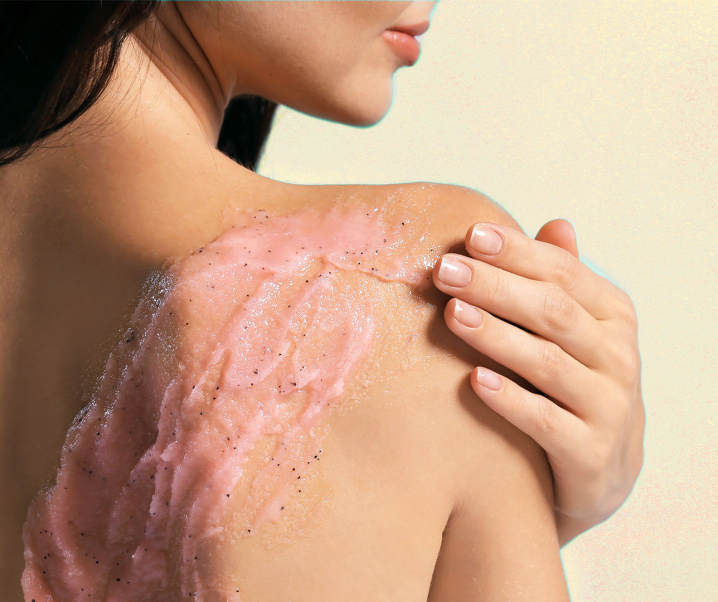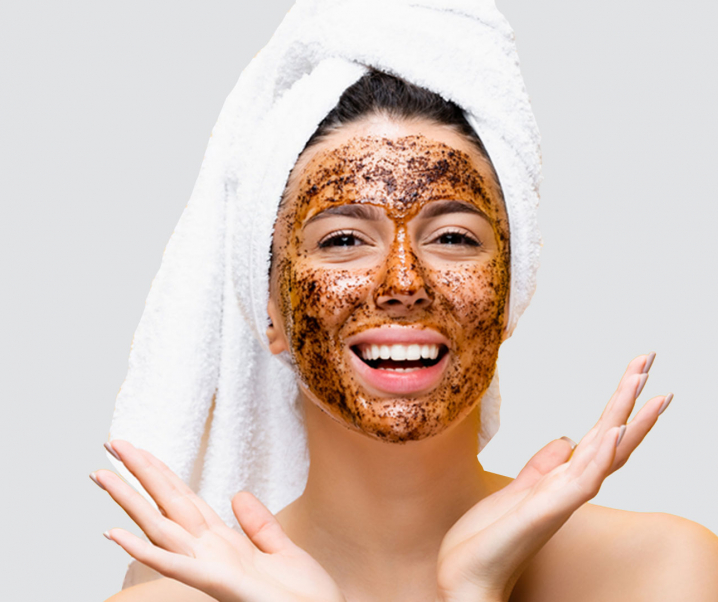If you’ve been scrolling through Instagram or TikTok lately, you’ve probably noticed one ingredient popping up on every influencer’s shelfie: salicylic acid. This magical molecule isn’t just for banishing blemishes anymore—it’s quickly becoming the trending active in the skincare world.
But what makes salicylic acid good for the skin? Is salicylic acid for acne really the superhero we all need? And how can we use it to get our glow on? Don’t worry, we’ve got all the answers coming your way. So sit back, relax, and get ready to sali-slay with salicylic acid!
What Is Salicylic Acid?
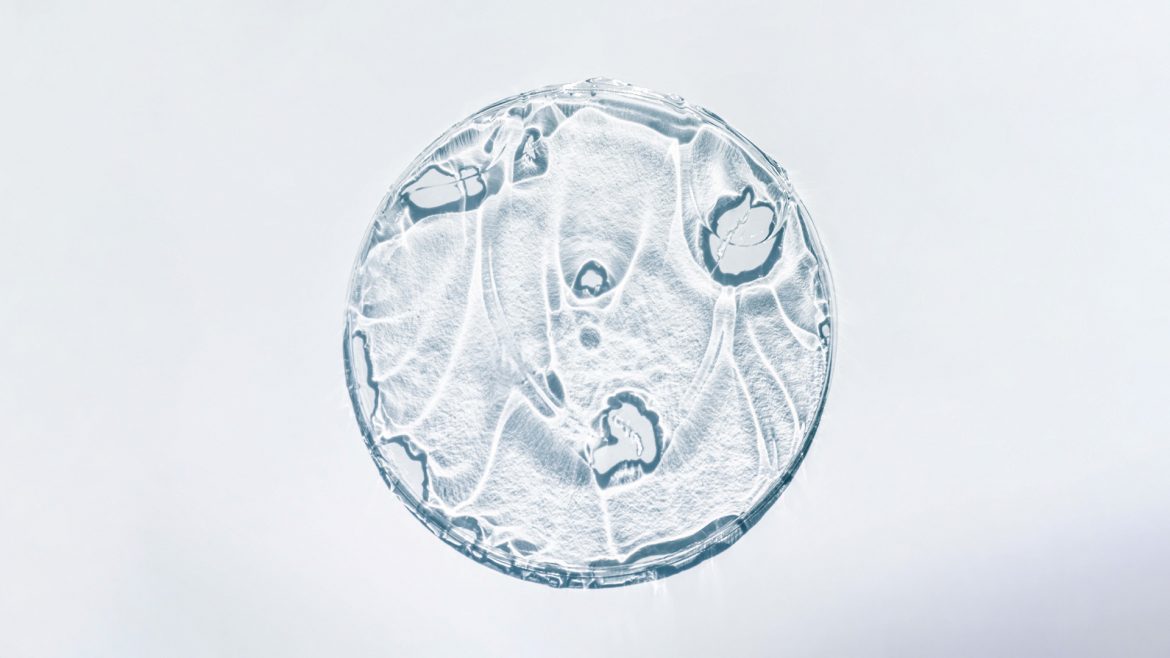
Let’s dive into the world of salicylic acid—the superhero of skincare ingredients! Salicylic acid is a beta hydroxy acid, which is basically a fancy way of saying it’s the only BHA used in skincare products. It’s like the cool, unique cousin of alpha hydroxy acids (AHAs) like glycolic and lactic acids. Salicylic acid for skin is derived from natural sources like willow bark and wintergreen leaves, but it can also be made synthetically.
So, what’s the big deal about salicylic acid? Well, it’s a game-changer for oily skin types because it has the power to deep-clean your pores and keep them unclogged, which means no more pesky whiteheads and blackheads. But wait, there’s more! Salicylic acid also exfoliates dead skin cells and has anti-inflammatory properties that make it a top pick for those with psoriasis.
One of the coolest things about salicylic acid is its unique structure. It’s oil-soluble, which means it can penetrate your skin’s pores and get to work where other acids can’t. So, whether you’re dealing with acne or just want a deep clean, salicylic acid for skin is your go-to gal!
Benefits of Salicylic Acid for Skincare
Let’s take a closer look at the salicylic acid skin benefits.
Cleans Excess Oil from Pores
Are you struggling with oily skin? Salicylic acid is here to save the day! It’s oil-soluble, which means it can penetrate deep into your pores and clean up any excess oil that’s causing trouble. Not only does it give you a deep clean, but salicylic acid for oily skin also suppresses sebocytes from producing too much oil.
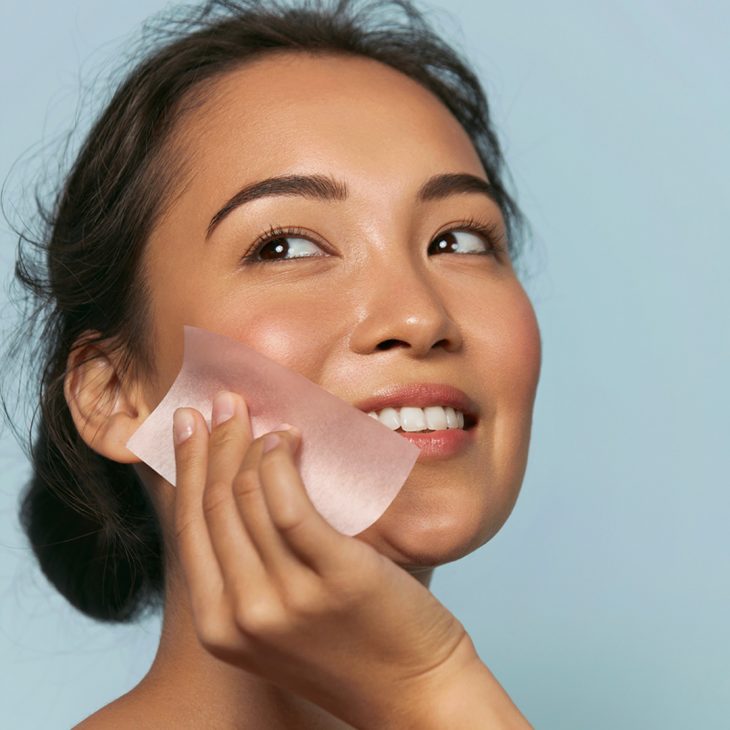
Exfoliates Dead Skin Cells
Say goodbye to dull, lifeless skin! Salicylic acid is a peeling agent that exfoliates dead skin cells and speeds up cell renewal. It’s a gentle exfoliant that can unclog pores without irritating sensitive skin.
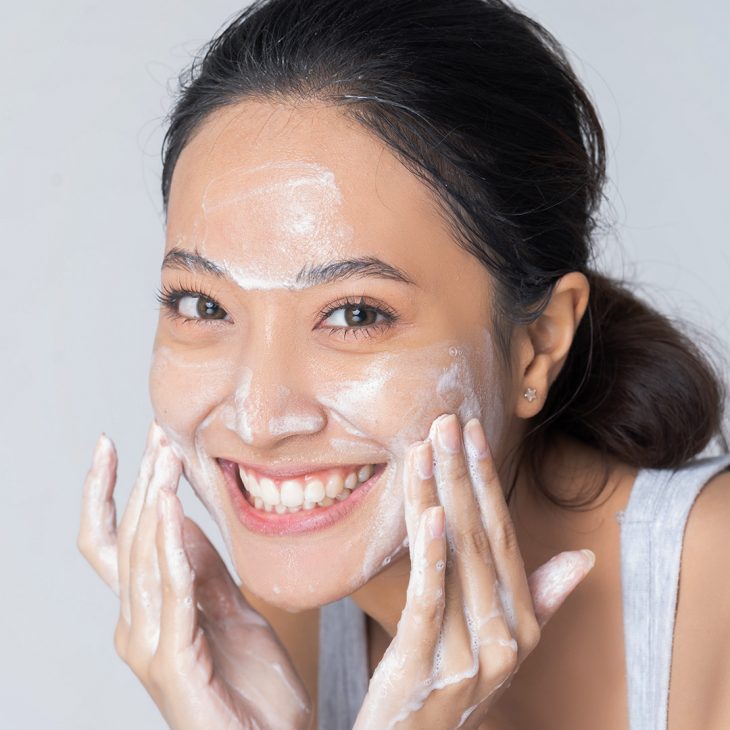
Prevents Future Acne
Want to keep your skin looking clear and healthy? Salicylic acid is a comedolytic, which means it prevents future whiteheads and blackheads from forming. By using keeping your pores clean, you can prevent acne from developing in the first place.
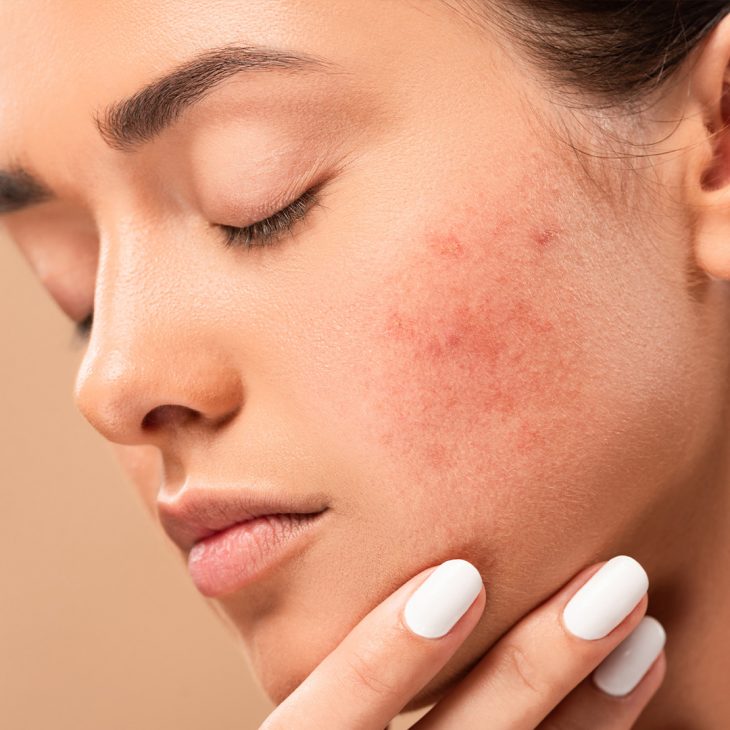
Weakens Acne Bacteria
Acne bacteria hate oxygen, which is why they love to hide under clogged pores. Salicylic acid unclogs and exfoliates your pores, allowing fresh air to get in and creating a less friendly environment for acne bacteria. While it won’t completely kill acne bacteria, it can weaken them and help prevent future breakouts.
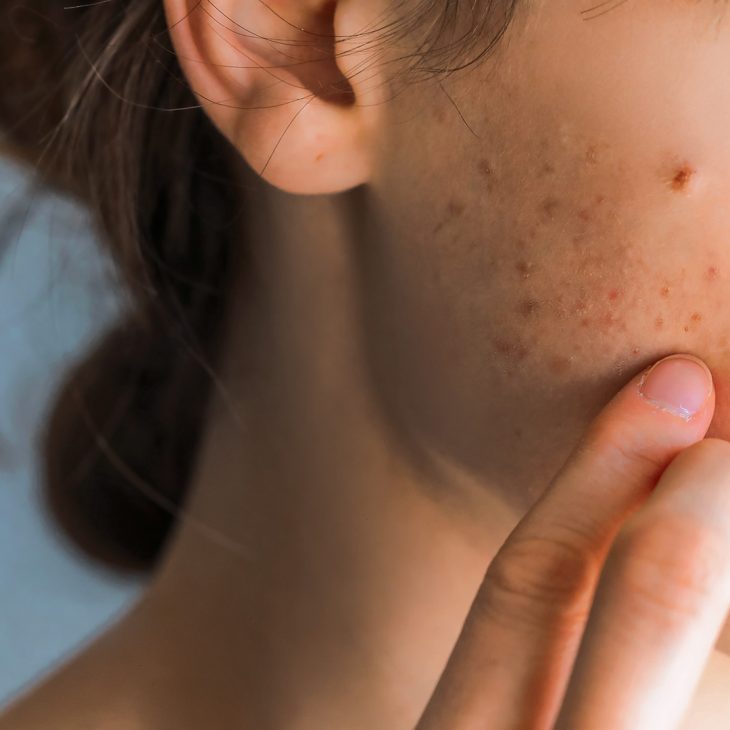
Soothes Inflammation
If you’re dealing with psoriasis, salicylic acid has got you covered. It contains a chemical called salicin that has anti-inflammatory properties, which can calm irritated, inflamed skin. This means reduced redness, soreness, and puffiness.

How to Use Salicylic Acid in Your Daily Skincare Regime?
Salicylic Acid is a rockstar ingredient found in many skin care products—like face wash and face serum—that helps to keep your skin looking fresh and clear. It’s important to note that while it is gentle, it should still only be used once a day. You can incorporate it into your morning or night skincare routine, but it’s best to use it in the evening.
Why, you may ask? Salicylic acid is an exfoliator that works to unclog your pores and remove dead skin cells, revealing smoother and brighter skin underneath. However, newly exposed skin is more susceptible to sun damage, so it’s recommended to avoid using it during the day.
To keep your skin hydrated and healthy, be sure to use a moisturizer after using salicylic acid. Ingredients like hyaluronic acid are great for keeping your skin feeling fresh and smooth. Just keep in mind that it can take a few weeks to see visible results, so don’t give up too soon!
Another important thing to keep in mind is that chemical exfoliators, like salicylic acid, can make your skin more sensitive to the sun. So after using it, make sure to apply a broad-spectrum sunscreen with at least SPF 30 to protect your skin from damage. With a little patience and TLC, you’ll be well on your way to glowing, healthy skin!
What Not to Mix With Salicylic Acid?
Salicylic acid is a popular ingredient in skincare due to its effectiveness, but it does have limitations. It is important to avoid mixing it with certain other ingredients, such as:
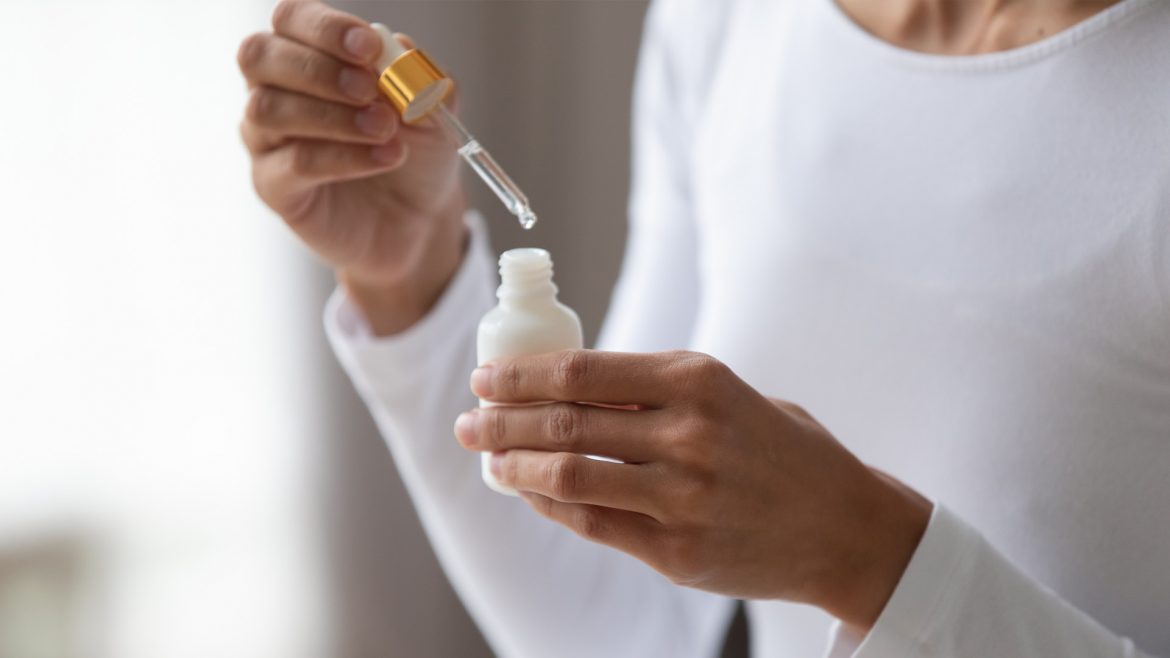
- Retinol – Combining salicylic acid with retinol can lead to excessive dryness, itching, and heightened sensitivity to sunlight.
- Glycolic – Similarly, blending salicylic acid with glycolic acid can result in skin irritation. Both ingredients are known for their exfoliating properties, but it’s best to use them separately to avoid any adverse effects.
Wrapping Up
Salicylic acid seems to be the new cool kid on the skincare block, giving other skincare ingredients a run for their money. With its ability to fight acne, exfoliate dead skin cells, and reduce inflammation, it’s no wonder it’s the trending active. So, if you want to stay ahead of the skincare game, salicylic acid might just be the secret ingredient you’ve been looking for!





